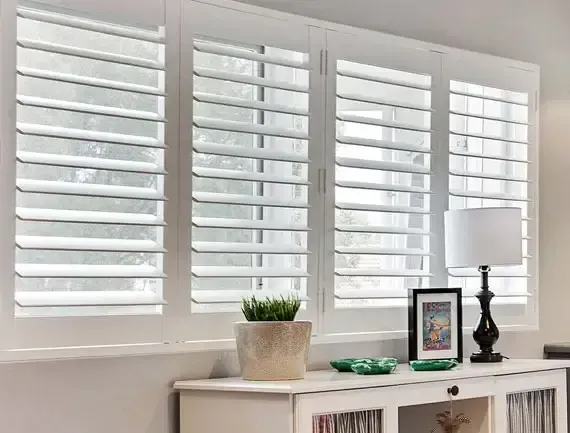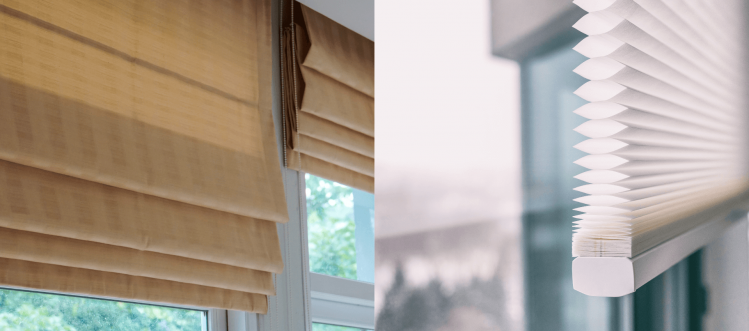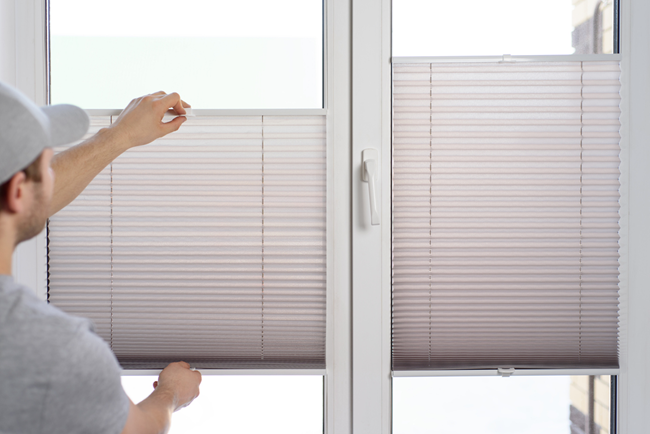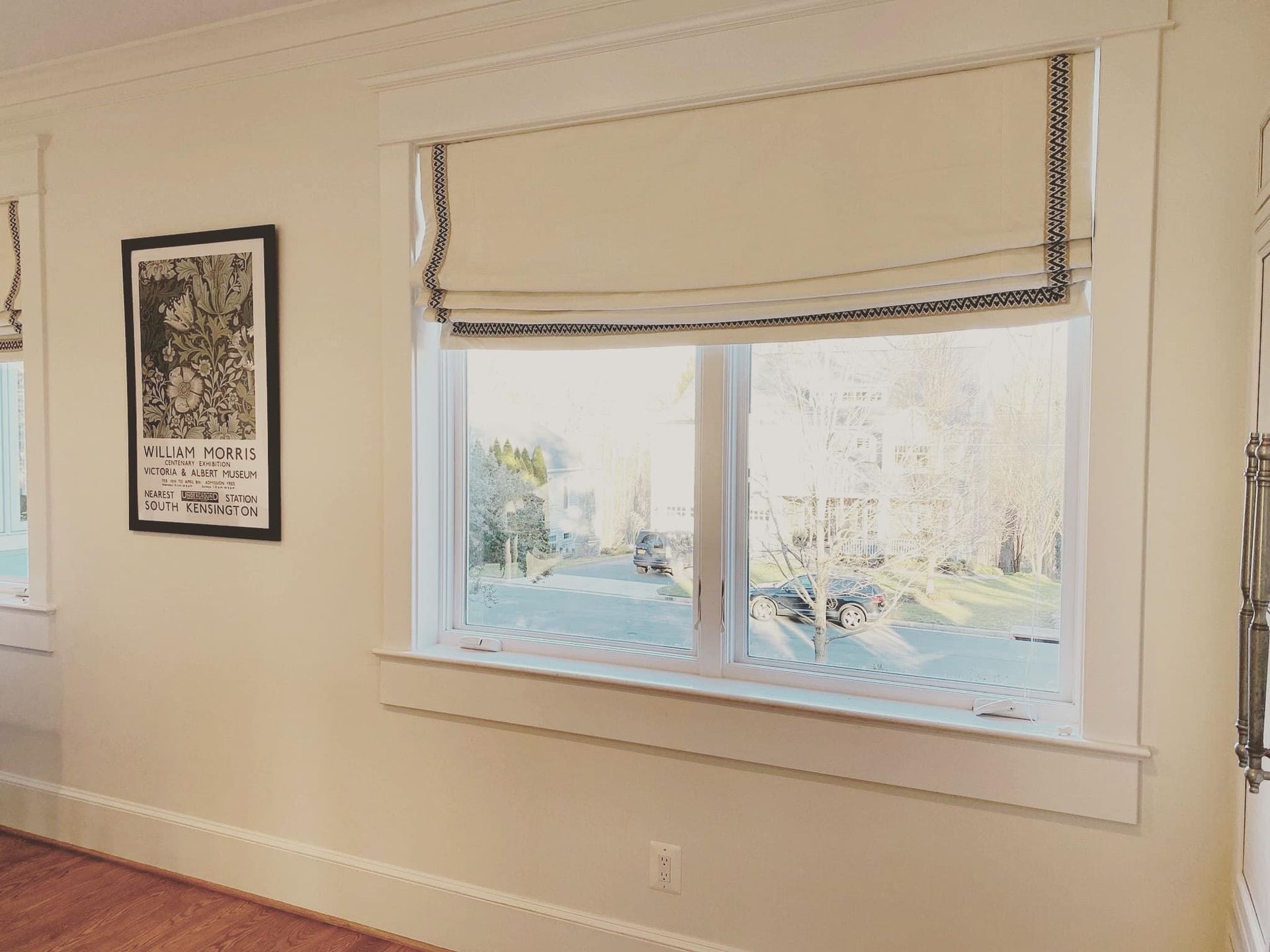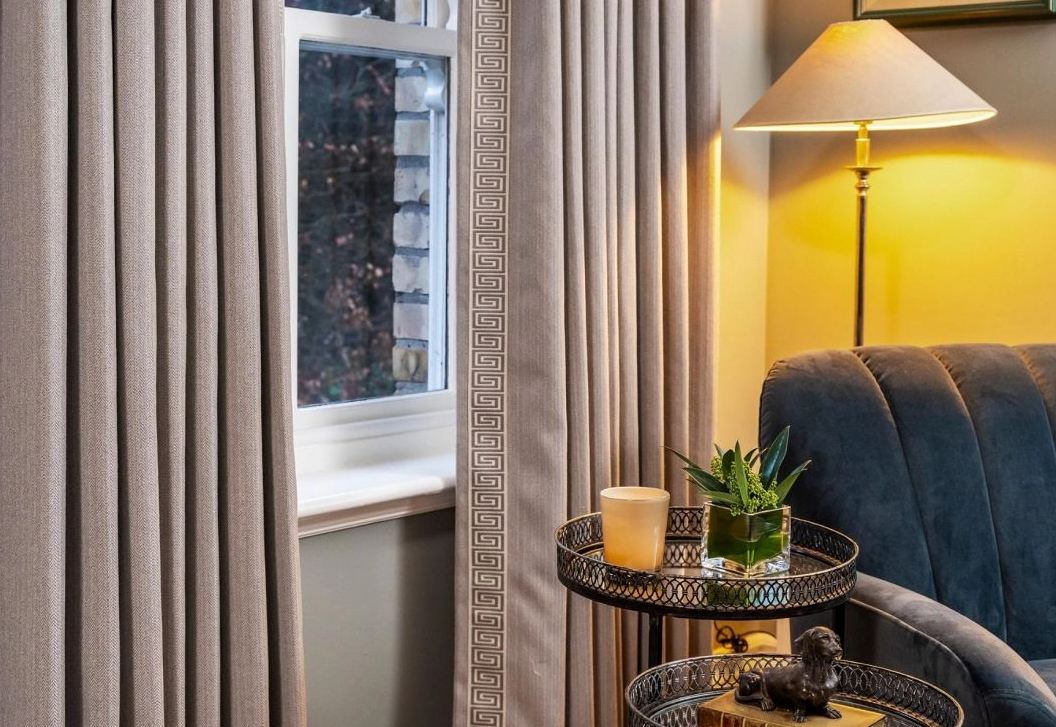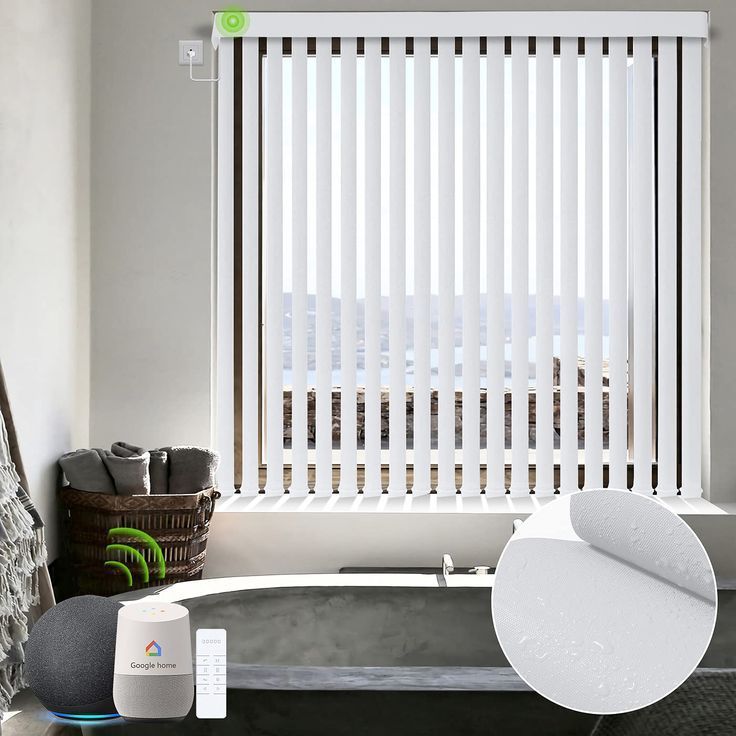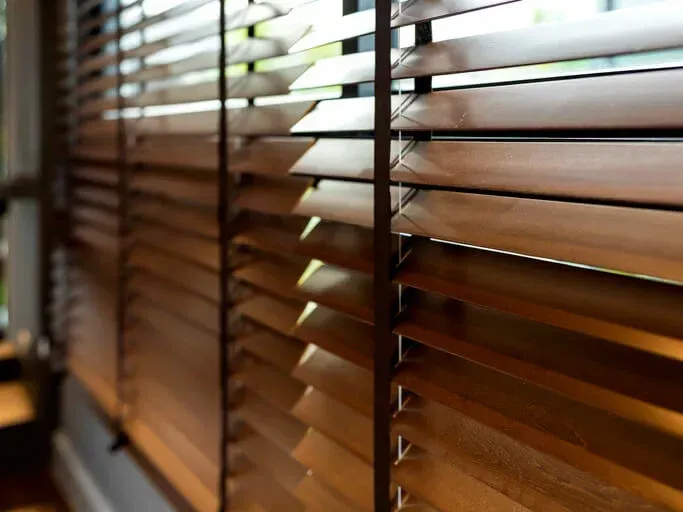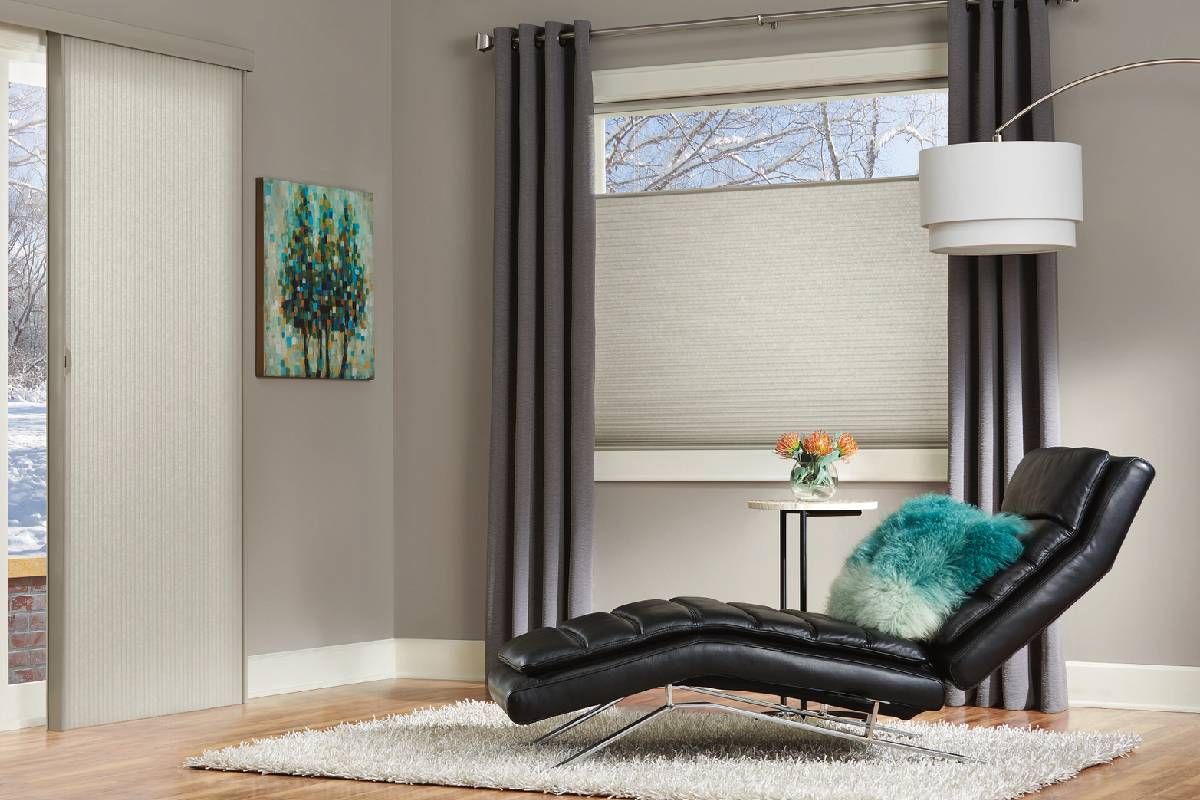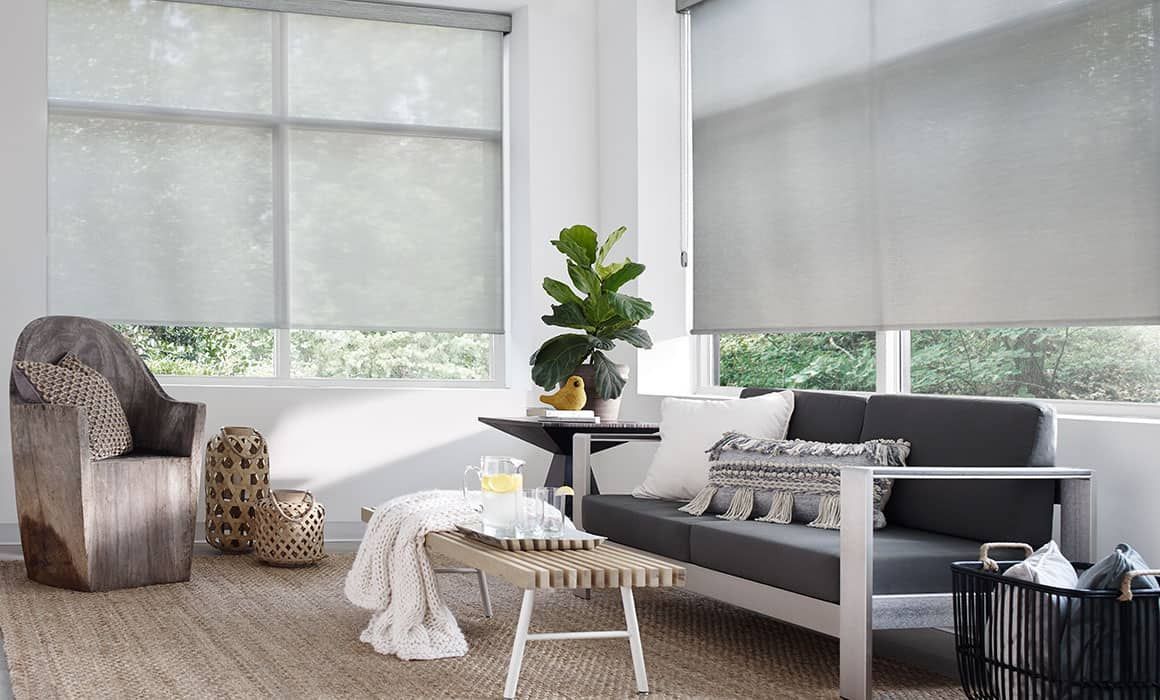What Is the Difference Between Motorized and Automated Window Treatments?
When it comes to modern window coverings, the terms “motorized” and “automated” are often used interchangeably. However, they represent distinct technologies with unique features. Whether you’re an individual exploring smarter home solutions or a company looking to upgrade your office aesthetics, understanding the difference can help you make an informed decision.
Difference Between Motorized and Automated Blinds
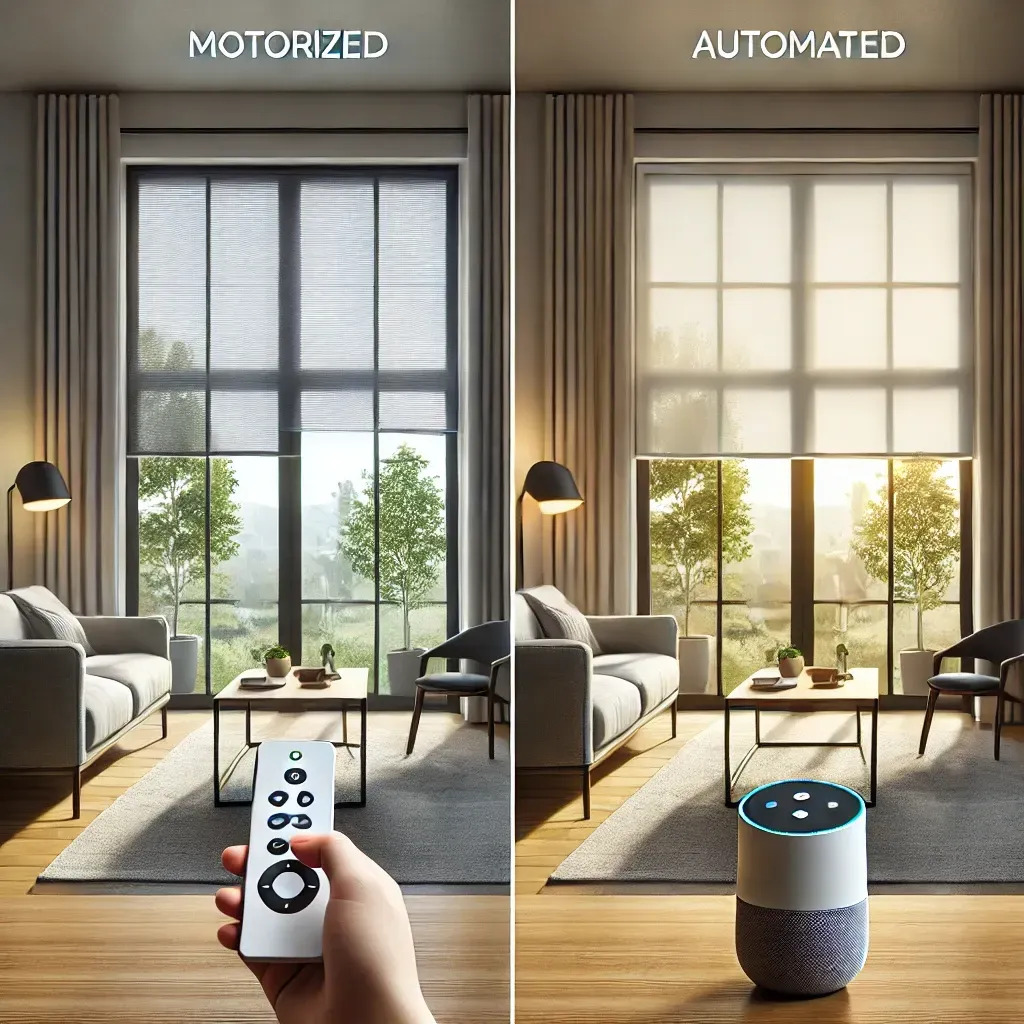
The primary difference between motorized and automated window treatments lies in how they operate and integrate with other systems.
- Motorized Window Treatments: These are powered by a motor and typically operated using a remote control, wall switch, or app. You control them manually by pressing a button to adjust the blinds or shades.
- Automated Window Treatments: These go a step further by integrating into smart home ecosystems. They operate automatically based on pre-set schedules, light sensors, or voice commands. Automated blinds are designed to adjust themselves without requiring constant input.
Key Features of Motorized Window Treatments
- Remote-controlled operation
- Wall-mounted switches for convenience
- Requires user input for every adjustment
Key Features of Automated Window Treatments
- Smart home integration with platforms like Alexa, Google Home, or Apple HomeKit
- Scheduling and sensor-based adjustments
- Hands-free convenience with voice commands or pre-programmed routines
How Automated Window Treatments Work
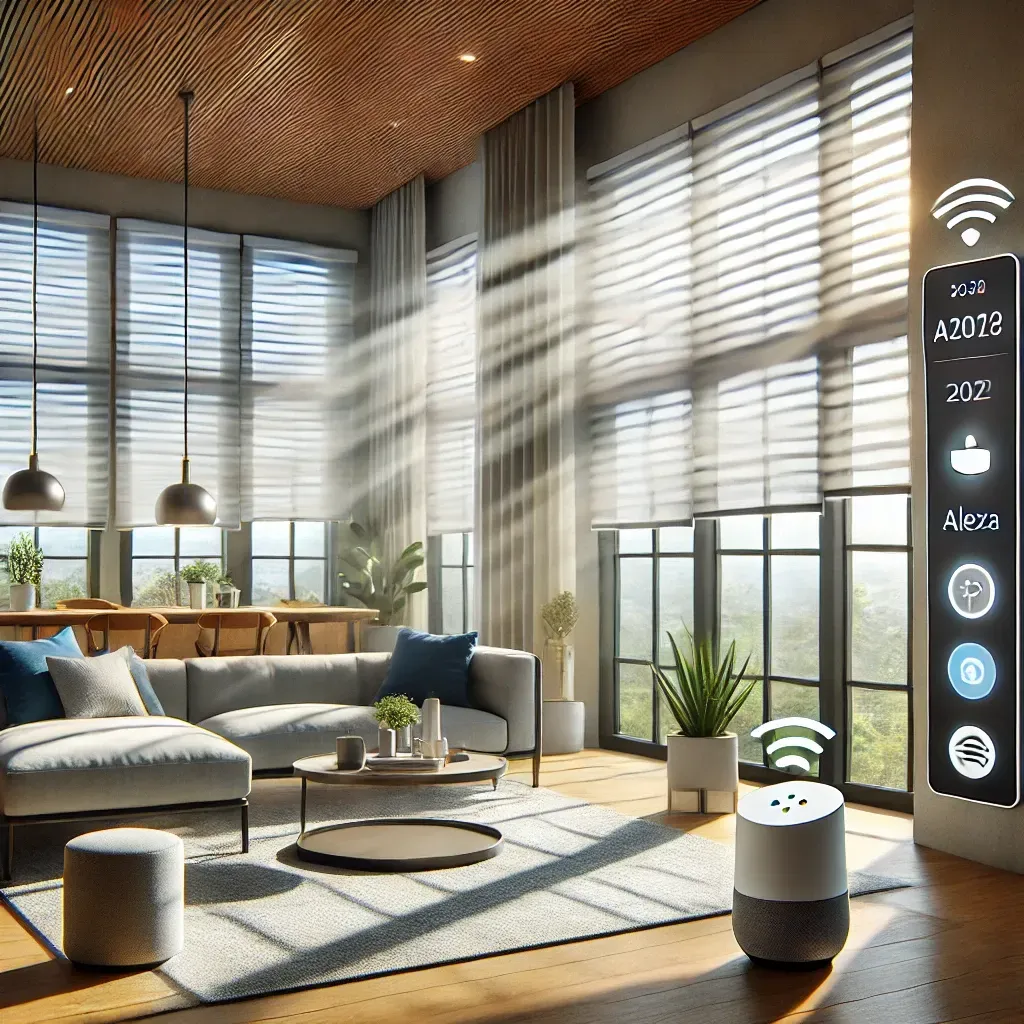
Automated window treatments leverage advanced technology to create seamless functionality. Here’s how they work:
- Sensors and Schedules: These blinds can be programmed to open or close at specific times or respond to environmental changes like light intensity or temperature.
- Smart Home Integration: Automated shades connect to home automation systems, allowing users to control them using voice assistants or smartphone apps. Many homeowners opt for Smart Blinds with Alexa & Google Home to enhance their smart home experience, enabling hands-free voice control and seamless automation.
- Energy Efficiency: By responding to sunlight, automated blinds can optimize indoor temperature, reducing heating and cooling costs.
Benefits of Automated Window Treatments
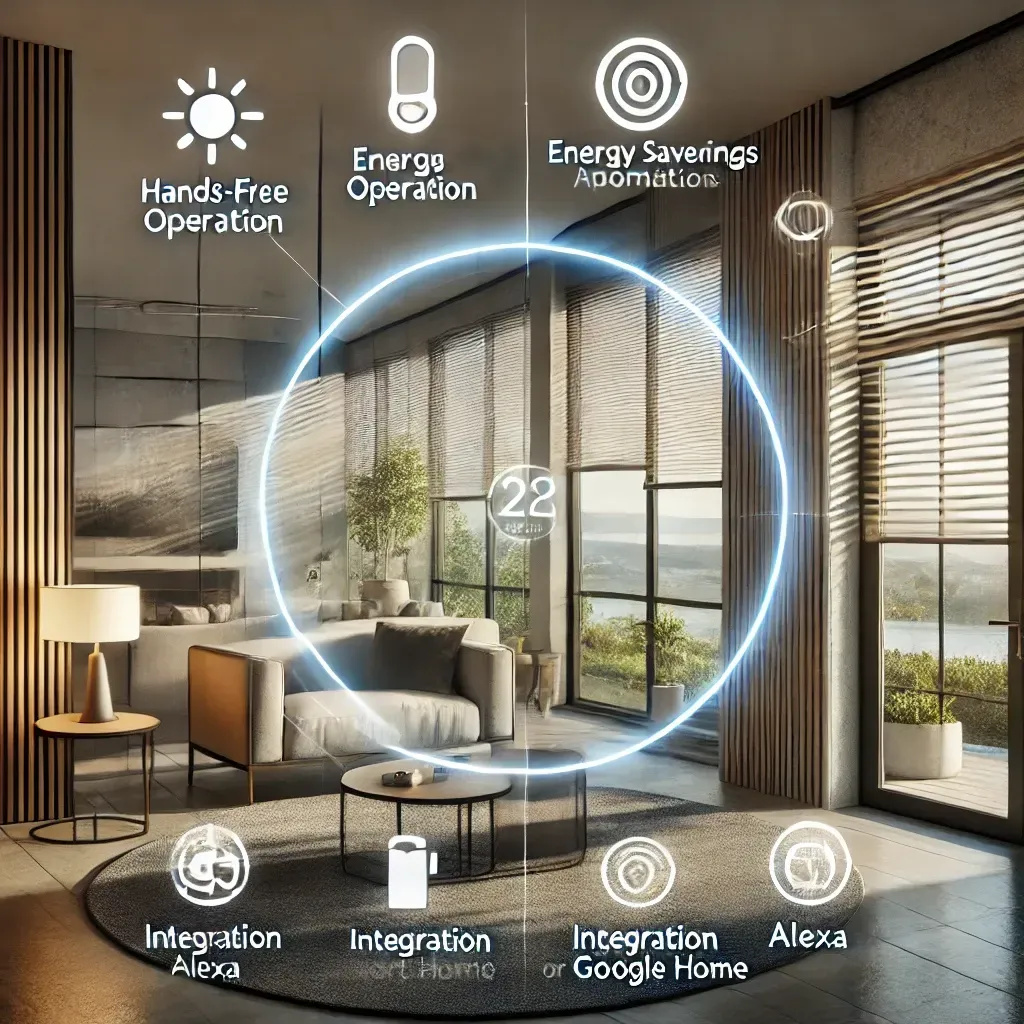
- Hands-free operation improves convenience.
- Energy savings through optimized light and temperature control.
- Enhanced privacy with on-demand adjustments.
- Integration with other smart devices for a cohesive smart home experience.
Motorized Blinds With Remote Control: Pros and Cons
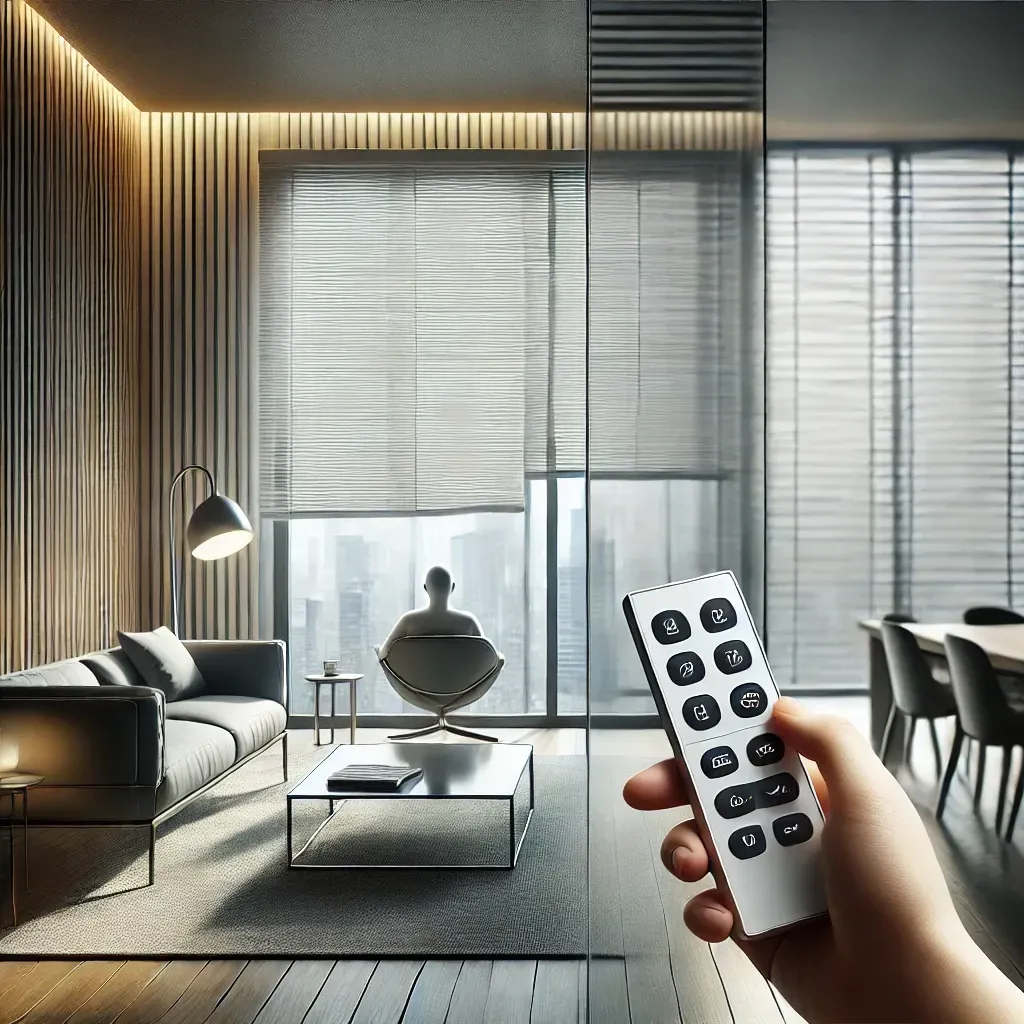
While motorized blinds offer a convenient upgrade from traditional window coverings, they do come with limitations.
Pros
- Simpler setup compared to automation systems.
- Affordable compared to fully automated options.
- Reliable and easy to use for individuals who prefer manual control.
Cons
- Requires constant input for adjustments.
- Limited integration with other smart devices.
Are Automated Window Coverings Worth the Investment?
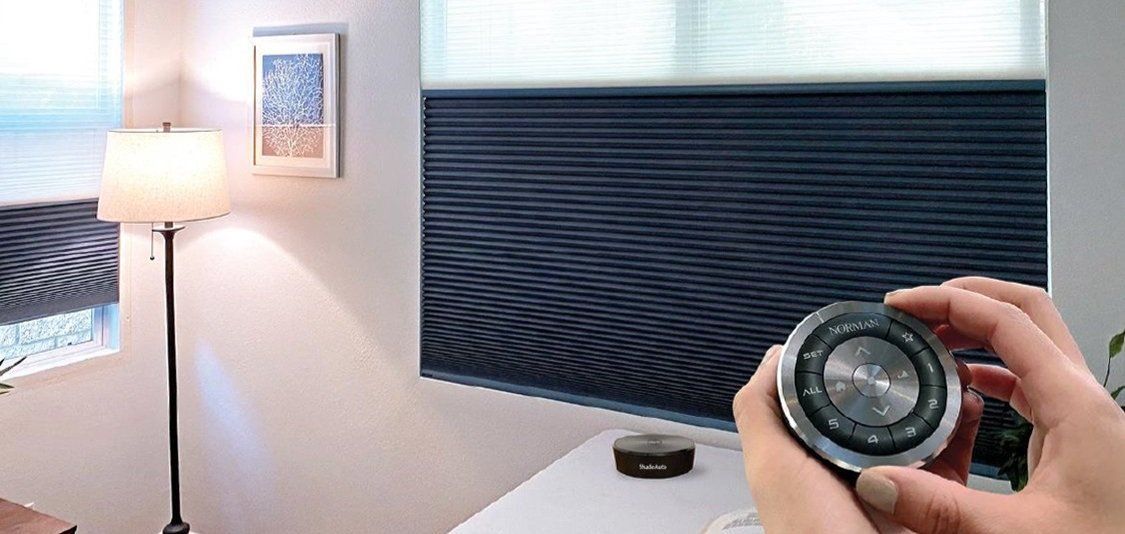
Investing in automated window treatments can be a significant decision. Here’s a breakdown to help you decide if they’re worth it:
Considerations for Automated Window Coverings
- Cost: Automated blinds are typically more expensive than motorized options. However, they offer long-term savings through energy efficiency.
- Lifestyle: If you value convenience, energy efficiency, and cutting-edge technology, automation may be ideal.
- Smart Home Ecosystem: If your home is already equipped with smart devices, automated blinds can enhance your setup.
How to Choose Between Motorized and Automated Window Treatments
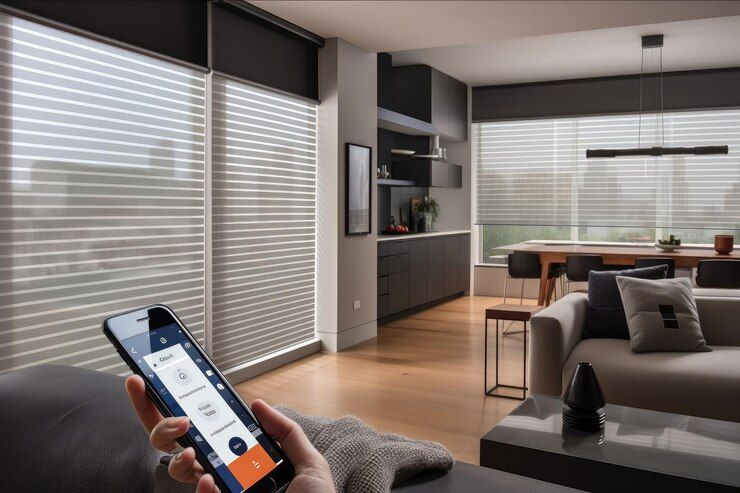
Selecting the right option depends on your priorities and lifestyle. Here are some factors to consider:
- Budget: Motorized blinds are generally more affordable, while automated blinds require a larger initial investment.
- Ease of Use: If you prefer manual control with a remote, motorized blinds suffice. For a hands-free experience, automated blinds are better.
- Technology Requirements: Automated blinds require Wi-Fi connectivity and may involve a steeper learning curve to set up.
For those looking to upgrade existing window coverings, Retrofitting Motorized Window Treatments can be an innovative and cost-effective way to enjoy the benefits of motorization without starting from scratch.
Guide to Motorized and Automated Window Treatments for Beginners
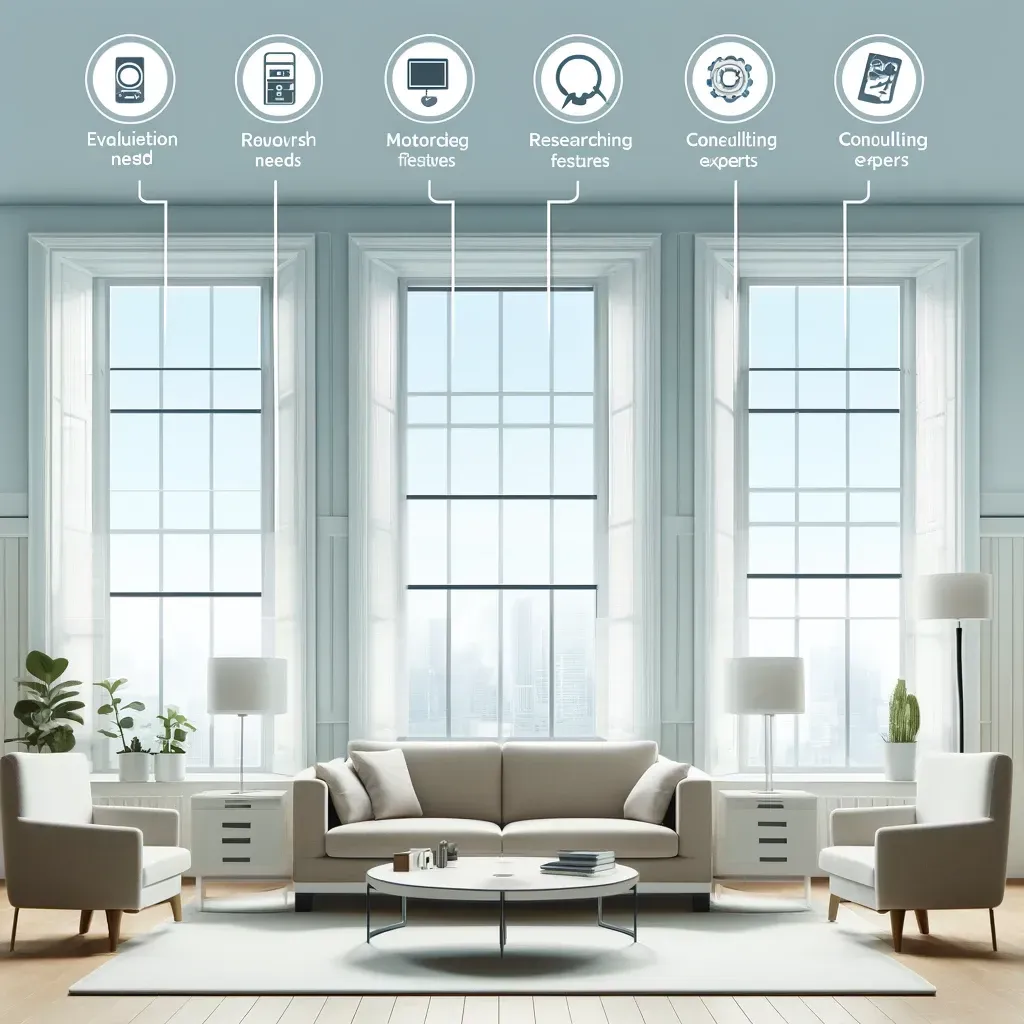
Here’s a step-by-step guide to help you get started:
- Evaluate Your Needs: Determine whether you prioritize convenience, integration, or cost-effectiveness.
- Research Features: Compare the features of motorized and automated blinds to match your preferences.
- Consult Experts: Reach out to window treatment specialists to understand installation and maintenance requirements.
- Plan for the Future: Consider long-term benefits such as energy savings and compatibility with other devices.
Conclusion
Understanding the difference between motorized and automated window treatments is key to making the right choice for your home or office. Motorized blinds offer convenience and affordability, while automated blinds provide advanced functionality and seamless integration.

